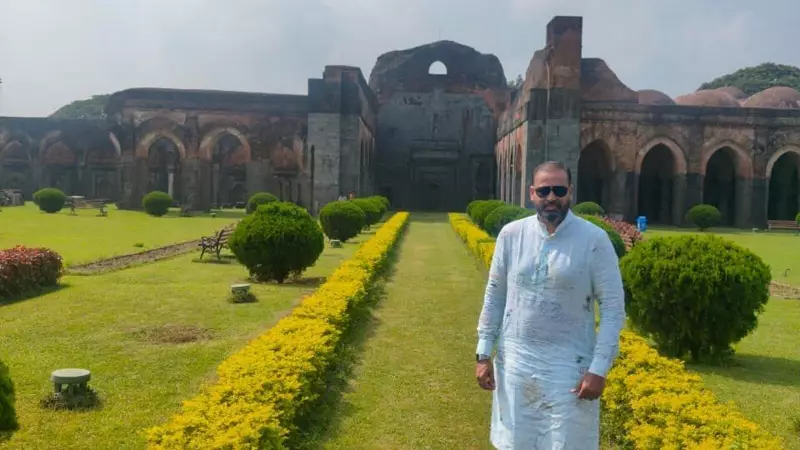
The historical and religious landscape of Varanasi has once again become the center of political and social discourse, sparked by a seemingly innocent social media post from former Indian cricketer Yusuf Pathan.
The Spark That Ignited the Controversy
Yusuf Pathan recently shared photographs of Varanasi's Adina Mosque on social media platform X (formerly Twitter), referring to it as "Adina Masjid" in his caption. The post immediately drew attention from political quarters, particularly from the Bharatiya Janata Party, which questioned the historical accuracy of the designation.
ASI's Historical Clarification
According to the Archaeological Survey of India (ASI), the site has a complex history that predates its current Islamic identity. The ASI maintains that the structure was originally built as the Adinath Temple, dedicated to Lord Shiva, during the medieval period.
The archaeological body's records indicate that the temple underwent significant structural changes and was repurposed as a mosque during Mughal rule, a common pattern seen in several historical sites across North India.
Political Reactions and Responses
The BJP was quick to respond to Pathan's post, with party representatives emphasizing the ASI's version of the site's history. Several BJP leaders took to social media to "correct" what they termed as historical inaccuracy in Pathan's characterization of the site.
This exchange comes against the backdrop of ongoing legal and archaeological examinations of religious sites in Varanasi, particularly the Gyanvapi mosque complex located adjacent to the Kashi Vishwanath Temple.
Broader Context and Implications
The controversy highlights the ongoing tensions surrounding historical religious sites in India, where archaeological evidence often intersects with contemporary political and religious identities. The ASI's role as the arbiter of historical truth in such disputes continues to be scrutinized from various perspectives.
This incident also demonstrates how social media posts by public figures can quickly escalate into national conversations about history, religion, and identity in modern India.
As the debate continues, the Adina Mosque/Adinath Temple remains a physical testament to India's layered history, even as its interpretation becomes increasingly contested in the public sphere.





